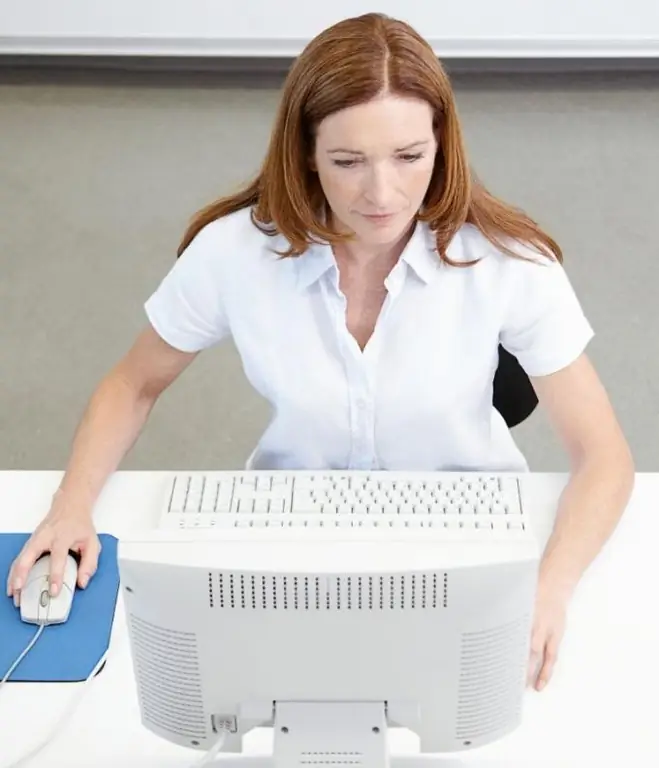From the outside, a computer for a person who had nothing to do with it seems to be a monstrously complex machine. Newcomers are frightened by the squeak and hum of the system, and the fear of pressing the wrong direction causes terrible pictures in their heads - from meaninglessly running letters on the monitor to an explosion from somewhere under the table. But if you still have to not just sit with an iron monster, but also play interesting games included by a young relative, you need to tame this beast with a square head little by little.

Instructions
Step 1
Now we will begin to study one of the most important buttons on the monitor screen - the "Start" button with the image of a four-color waving flag. To understand, let's answer the following questions: “What is this button in the lower corner of the monitor? Why is she? And how can you call her to help you? " So let's go.
Step 2
"Start" is a component of the taskbar, which is traditionally located at the bottom of the monitor horizontally. In addition to the above button, there can be quick launch programs, a list of open programs and documents, a language bar, a volume icon, shortcuts for programs that are loaded automatically when the computer is turned on, shortcuts for devices connected via a USB port, a clock.
To configure the taskbar, you need to move the cursor over its free space, press the right mouse button and select the "Properties" item from the list that opens. In the menu of this item, you can easily select the components of the taskbar you need - enable the demanded or disable unnecessary functions, set up automatic hiding and reappearance of the panel.
Step 3
The Start button, regardless of its color and appearance, performs a number of tasks necessary to make your computer experience easier. It collects links to programs and documents that have been used in recent work by its user, and a number of other functions that control the computer. But let's take everything in order.
Step 4
The left side of the Start menu. The top field shows the name of the computer user account, usually Administrator or Guest. The difference is that the Administrator has access to all control functions of the computer.
Below it are the shortcuts of the programs that are marked by the user as the most popular. You can place the desired program here by hovering the mouse arrow over the desired shortcut, right-clicking on it and choosing "Pin to Start Menu" from the menu that opens.
Below it are the shortcuts of the programs that were launched last. This list is updated automatically.
At the bottom there is a link "All programs", when you open it, you will see a list of programs installed on your computer.
Step 5
Right side of the Start menu. The upper field - the "Favorites" menu contains links to folders available on any computer, for example, "My Computer", "My Documents". You can also add a "Recent Documents" shortcut here. You can add or remove shortcuts in the "Properties" menu in the "Customize - Advanced - Start Menu Items" tab, which appears when you right-click on the "Start" icon. Here you can select the display style of the menu, as well as allow or prohibit the display of certain menu items and some other functions.
Below are links to access Windows services such as Control Panel, Printers and Faxes, Network Connections, Command Prompt, Help and Support, Search, which can be turned on / off as needed.
At the bottom right there are buttons to turn off the computer - temporary "Standby mode" and final "Shutdown", there may also be an item "Change user" between the Administrator and the Guest.
Step 6
If you've forgotten something, don't worry, the start menu items are equipped with tooltips that appear when you hold the mouse pointer over them, and context menus that appear when you right-click on an item.
Step 7
There are two easy ways to invoke the Start menu. Either by left-clicking on the icon, or by pressing one of the buttons in the bottom row of the left-hand side of the keyboard, located on both sides of the spacebar, with a waving flag.






